How to Write YA When You Don’t Read YA
I’ve spent most of my writing life treading through the muck of dirty realism—the kind of stories popularized by Raymond Carver that focus on crumbling marriages, disaffected children, and a fair amount of alcohol abuse. My short stories are slow, introspective, and often do not contain an easy resolution—you know, just what the youths like to read! Just kidding.
Earlier this spring, I decided to try something completely different and wrote my first young adult manuscript. This meant a new set of writing rules and a whole new way of looking at my writing process. I don’t read YA.
I turned up my nose at Twilight and am still indifferent to The Hunger Games. A good friend of mine still remembers how I made him feel bad in the eighth grade when I scoffed at him for not reading Hemingway—I was a pretentious teenager.
The transition turned out to be easier than expected, but I believe that’s partially due to my mindset going into it. Following are my tips in how to write YA. Be advised: you may enjoy writing YA and you may already have a sequel in mind before you’ve written the end of your first manuscript.
YA Respect
It might be easy to choose YA because you think it involves less skill. You’re writing for a younger age, therefore you can “dumb down” your writing. Not so fast. Teens are a tough crowd. They can smell insincerity on you. If you don’t bring your best to the table, there are thousands of other YA books for them to read. The YA authors with the biggest following seem to be those who are the most respectful of YA (and in turn, their fans), like John Green or Judy Blume. You need to find a reason to write YA beyond “it’s easy.”
Two authors, one who writes YA and one who doesn’t, inspired me to try it. In an interview series I had that featured women writers reflecting on their experiences, I was lucky to encounter Kerry Cohen and Lidia Yuknavitch. Both women are known for their memoirs (Cohen’s Loose Girl: A Memoir of Promiscuity and Yuknavitch’s The Chronology of Water), but each has published books with teen girls as Protagonists. Cohen’s YA books include Easy. When I asked her about YA, she lamented that many people think writing it is easy. She wished more good writers would write YA. For Yuknavitch, whose novel Dora: A Headcase she considers decidedly not YA, the problem is that they all seem to have the same theme: a girl needs to find a boyfriend (the Twilight syndrome).
YA Research
I was fortunate to be an editorial intern at a reputable publisher in Portland the summer before I took on this writing endeavor. There, I found an ally with a passion for YA. Though she kept her affection for YA hush hush at work, she read some of my manuscript and offered me advice (some of which comes later).
More importantly for me than the publishing insider as expert was having a direct link to my potential audience. Enter my thirteen-year-old niece: an opinionated and precocious girl who represents my book’s potential audience, and whose reactions to my manuscript I was dying to hear. She was my book’s first reader because she is an expert on teenage girls. Hearing her insight was valuable because it meant hearing what my potential readers might think.
Find a publishing person and find a YA person. If neither of those are handy, be slightly journalistic/creepy and listen to your audience. I wanted to know how teen girls talked, so I eavesdropped on their conversations at bus stops. They didn’t know it, but when I looked like I was sending a text message on my phone, I was actually noting the slang terms they used, some of which figured into my manuscript. You can’t write for a teen if you don’t first listen to them.
Writing YA takes a different skill set from literary fiction, but it takes a skill set nonetheless. The rule I applied to my manuscript came from my publishing expert mentioned above: pacing is the most important factor when writing YA. That means that in every chapter something needs to happen.
Do you remember being a teenager? Do you remember all the external forces distracting you? YA books compete with a lot of media grabbing teens’ attention. So your story better be interesting. If the end of each chapter doesn’t convince your reader to turn the page, you might be in trouble. Yes, develop compelling characters and use language devices as you would in your other writing, but don’t forget plot. That may sound obvious, but for someone like me who has written stories where the central action is people sitting around talking, I reminded myself that things need to happen in YA.
YA Reading
I know, I know. I said these were tips for people who don’t read young adult literature. But if I learned anything as a student of writing, it’s that reading is as important as writing. I’m not recommending you read Twilight. But find YA in line with what you want to write. Half the writing process is reading. Before we can exhale, we must inhale.
For me, I waited until the right YA book came along. Being selective is an important part of properly shaping your craft. I waited until I found a book in line with what I wanted to say in my own writing, even if the setting and plots are very different. That book is If You Could Be Mine by Sarah Farizan, which focuses on two teen girls hiding their love for each other in Iran.
My protagonist is a lesbian living in Seattle, whereas Farizan’s protagonists live half way across the world. Because there were similarities at the heart of our protagonists and stories, I could look to Farizan as an example of someone accomplishing something in my genre that I strive towards as well.
When I finished my manuscript, I had a hard time letting go of my protagonist. Maybe that’s because it felt comforting re-inhabiting that age. Maybe it’s because it was fun to pretend to be seventeen again. Whatever the reasons, I came out of this experience excited to write more YA: not because it’s easier or trendier, but because writing YA opens you to a time so quickly forgotten when everyday dramas lent themselves to the act of storytelling. I am a convert to the cult of YA, and I can’t wait to write more.
Kait Heacock is a fiction writer who recently relocated from Portland, Oregon to Brooklyn, New York. She recently made the shift from writing realistic short stories to writing novel length works: a new adult novel about a young woman rejected from NYU’s MFA program who must return to her hometown and move back in with her parents and a young adult noir about a prestigious all girls school in Seattle full of secrets, lies, and complex relationships. Her work has appeared in numerous journals and websites including Portland Review, Tin House’s Open Bar blog, Vol. 1 Brooklyn, Housefire, VoiceCatcher, and Citron Review. She is also a regular contributor to Portland-based feminist website PDXX Collective, for which she writes a column that focuses on sex and sexuality in literature.
Category: Contemporary Women Writers, How To and Tips, On Writing, Women Writers

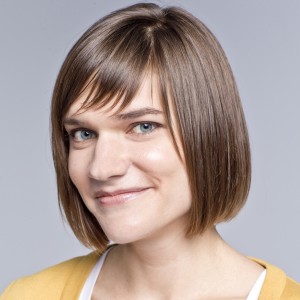




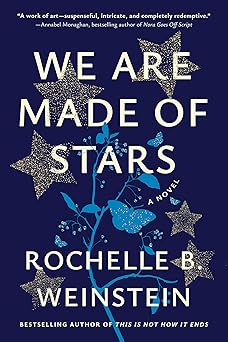
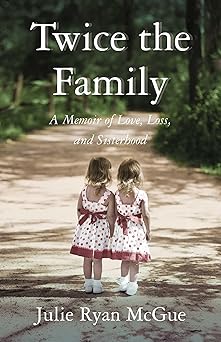
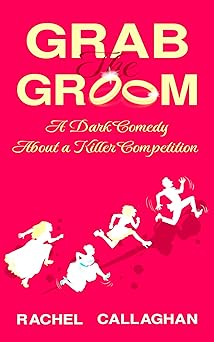
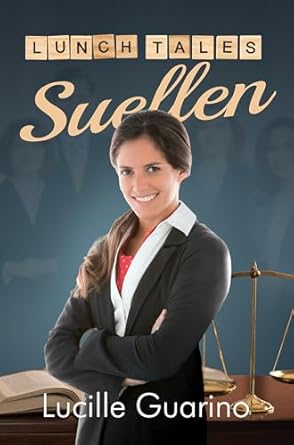
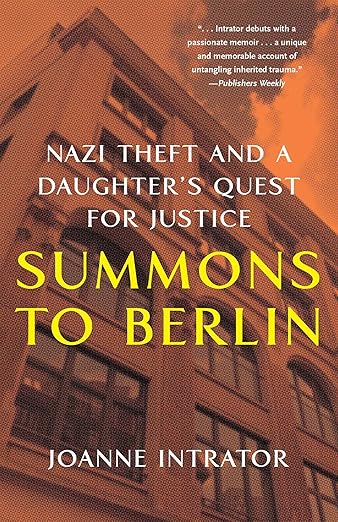
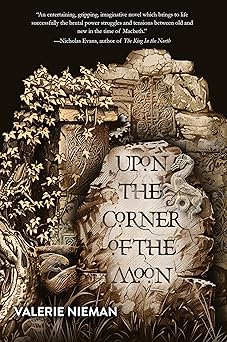
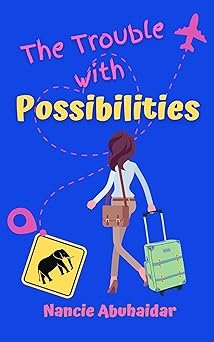

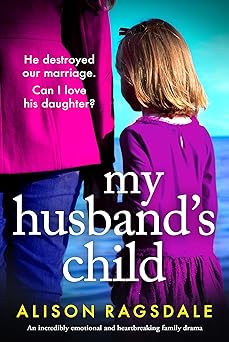
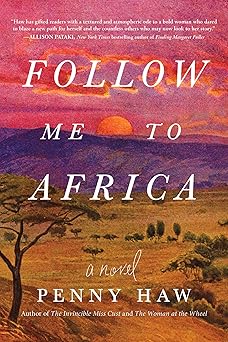
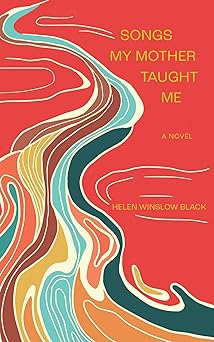
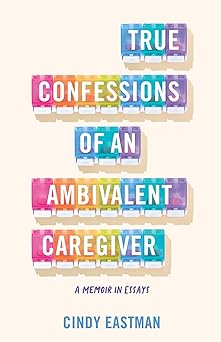
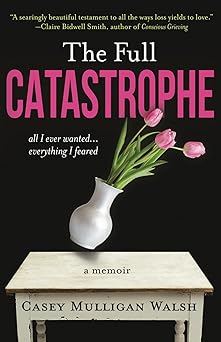
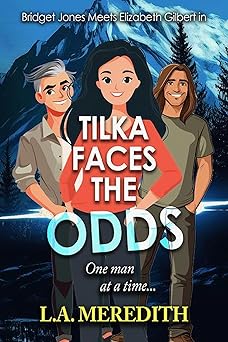
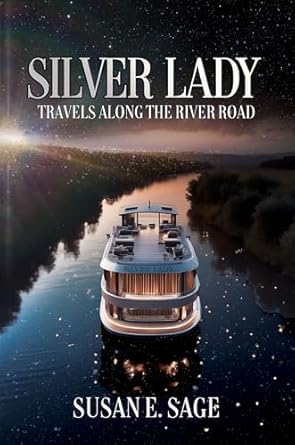
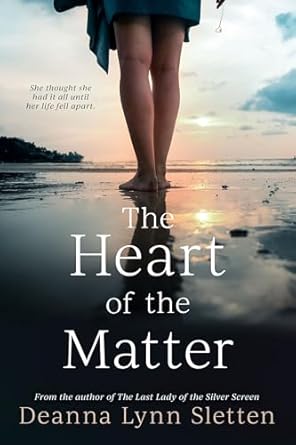
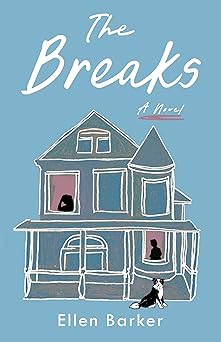
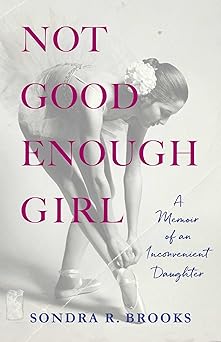
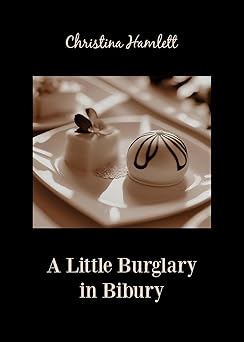
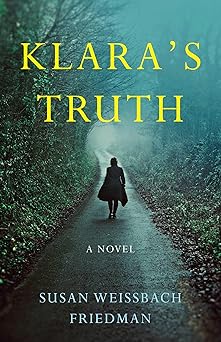
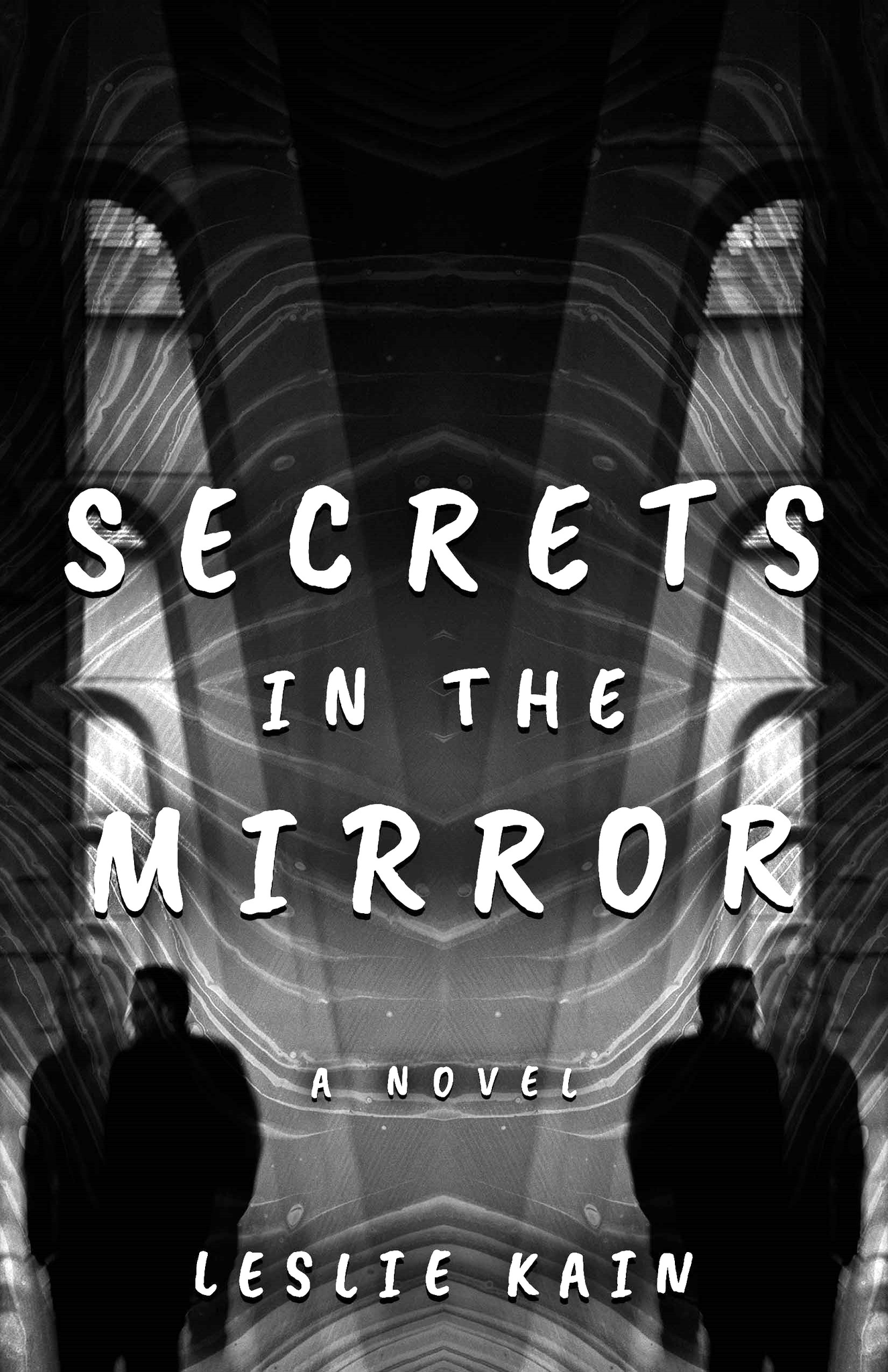
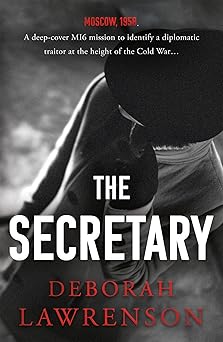
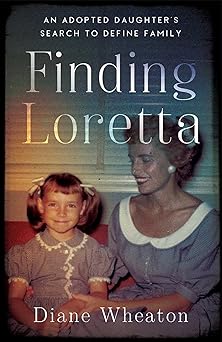
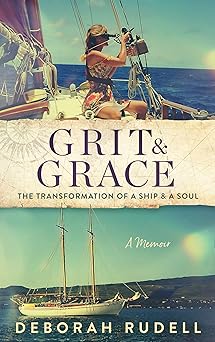
Kait – This is timely for me, too, as I’m in the process of editing my first YA novel. I love both reading and writing YA but it’s a steep learning curve as I’ve been mainly published in women’s magazines to date and my YA novel is set in a dysfunctional near future – which is the sort of YA I most enjoy reading. I love it – I love the drama of the events and the emotional honesty of the characters. But it’s also very difficult. As you rightly say, pace is important – something has to happen in every chapter. There has to be a high level of drama, which in turn means the writing is so much more intense. It’s exhausting, yet an exciting ride. We underestimate YA readers at our peril – as well as the fact that there are so many distractions to tempt them away from the page.
A helpful and accurate post. Thanks.
Thanks for reading and responding. Writing YA taught me a lot, and I feel like a better writer for it. Where I was once unfairly judgmental of YA, I now realize that when done correctly, it can be just as worthwhile a read as literary fiction.
Keep writing!
Kait
Kait, this is very timely, as I have a yearning to write a YA novella as a ‘dip a toe in the water’ for a longer piece of work.
Like any area, research in width and depth is essential. I will certainly bookmark this post. Oh, and I eavesdrop on conversations in trains…
Alison,
Thank you for your kind words, and best of luck dipping your toes. If you’re anything like me, you’ll find yourself wanting to jump all the way in–I’m about to start writing the sequel to the manuscript I wrote about in this piece.
-Kait
Kait, I enjoyed the catchy title. If you don’t catch us with the title, we may never stop to read another line.
You do tell us some ways to write YA literature without reading. Everyone tells us we must read, voraciously, but if you’ve informed yourself in other ways, with a pubisher, having YA readers and listening to how teens talk and what they’re saying, you could write without reading in the genre. (Though you wouldn’t know where your novel fits in with the literary landscape.)
I first heard about always keeping an ear to the ground, from a workshop led by a University of Iowa writer. Exciting to be reminded of that. My aunt, an author in NYC, takes a tiny notebook with her to capture phrases.
I always remember an Amherst College professor telling us that Emily Dickinson wrote about war effectively without ever being in one. Imagination can take us where we want to go.
I found your essay to be an interesting read. Thank you so much for contributing it! — Anora McG. Editor WWWB